
Yesterday, while traversing the courtyard near the insectary, I came upon a family of 4 baby raccoons and their mom. As I had been struggling through a grant application all day, these were an awesome lift to my spirits!
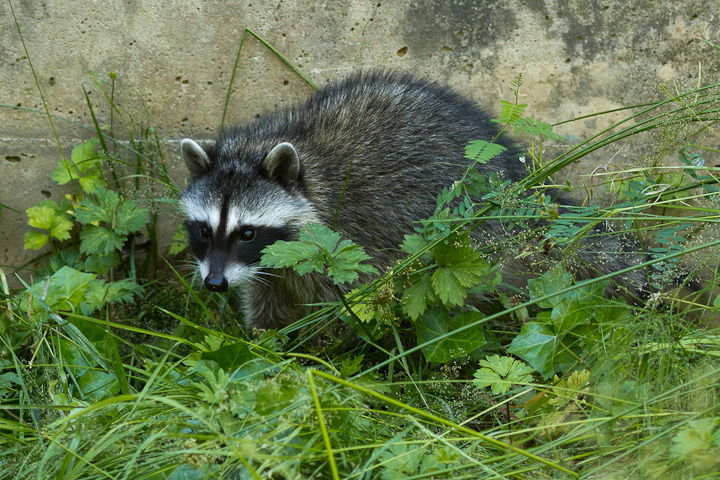



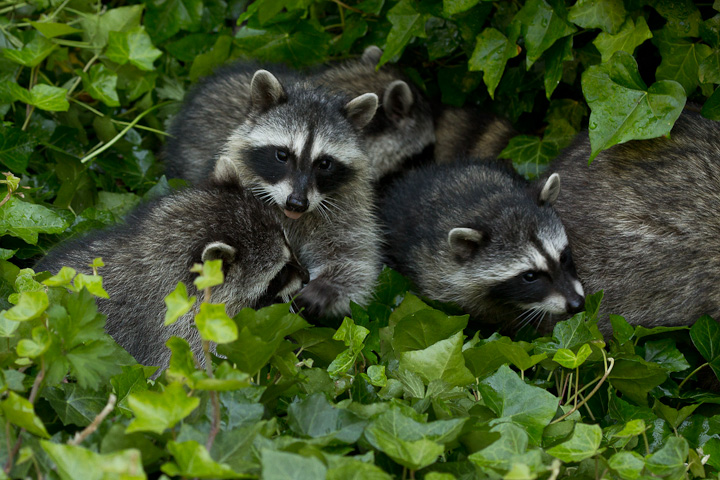
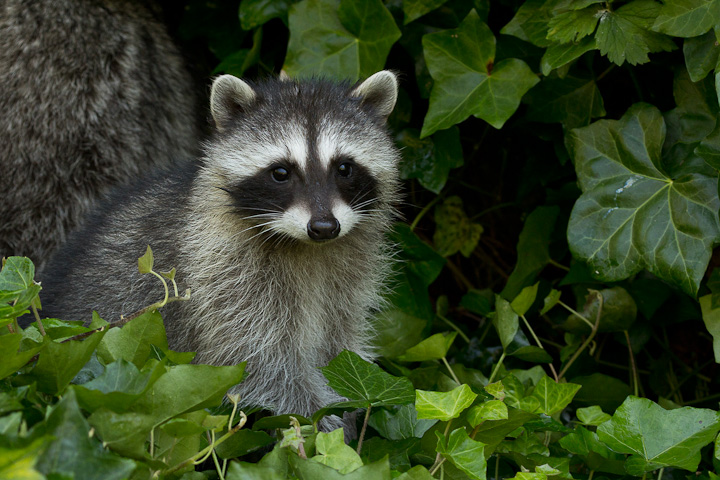

Yesterday, while traversing the courtyard near the insectary, I came upon a family of 4 baby raccoons and their mom. As I had been struggling through a grant application all day, these were an awesome lift to my spirits!







A few weeks ago, I suggested a Rat Safari, as a budget-minded wildlife photo expedition that is easy to do in most cities. Today, I bring you a budget spider safari, which Catherine and I conducted in the tiny park across the street. For this to work, I needed some constant illumination in the subject area, so I simply taped my Fenix E-05 flashlight to the lens hood of my 100 mm, which illuminated the spiders for easy focusing. The lighting for the shots was simply accomplished with a single diffused speedlight on the Monster Macro Rig. I hope you enjoy the photos, and are inspired to go find some little night spiders yourself!
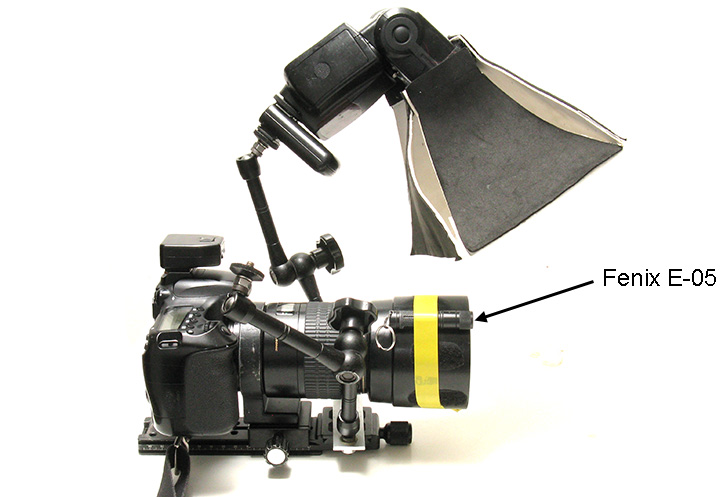
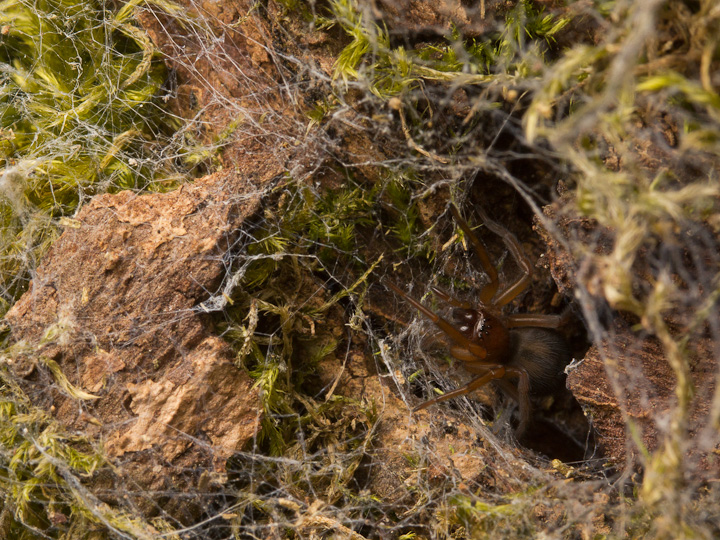
Realm of the Amaurobiids: These Hacklemesh Weavers are the most abundant of the spiders we found. Their disordered web flanking their retreat is laid as a trap for unwary passing insects.

Some webs are more sparse than others!
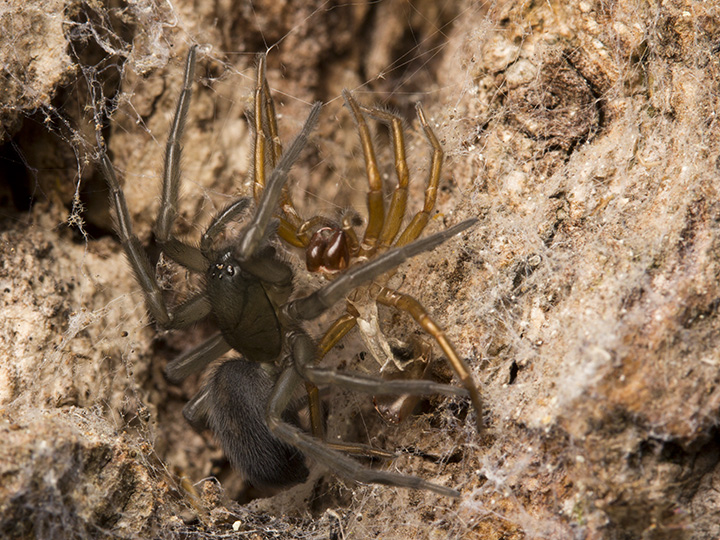
Here is a freshly-moulted Amaurobiid.

We guess that this is a male Steatoda hespera (Therediidae).

These small orb weavers (Araneidae) were out in small numbers.
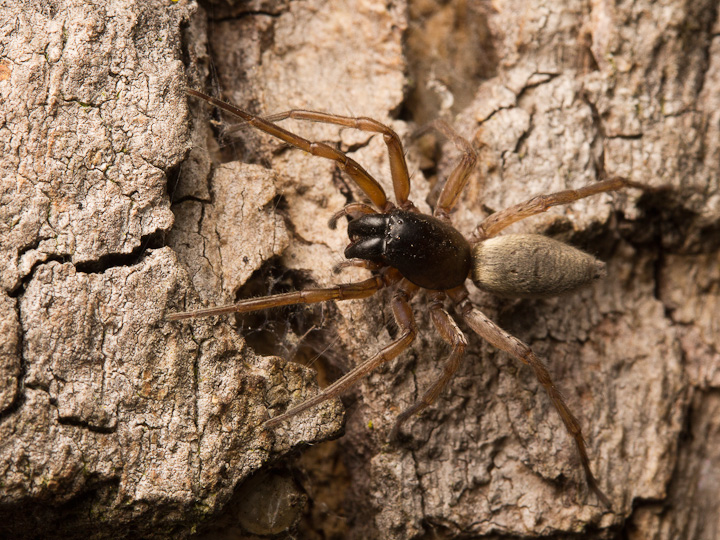
A nice big sac spider (Clubionidae)! This is a female.
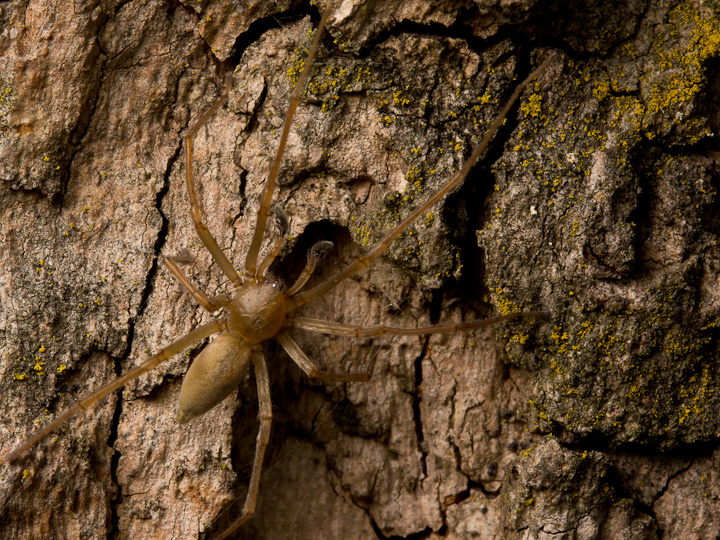
Could this male sac spider be the same species as the previous? It is difficult to tell. There are hundreds of species of Clubionidae in Canada.

Here a male Amaurobiid tackles an introduced Drumming Katydid (Meconema thalassinum)
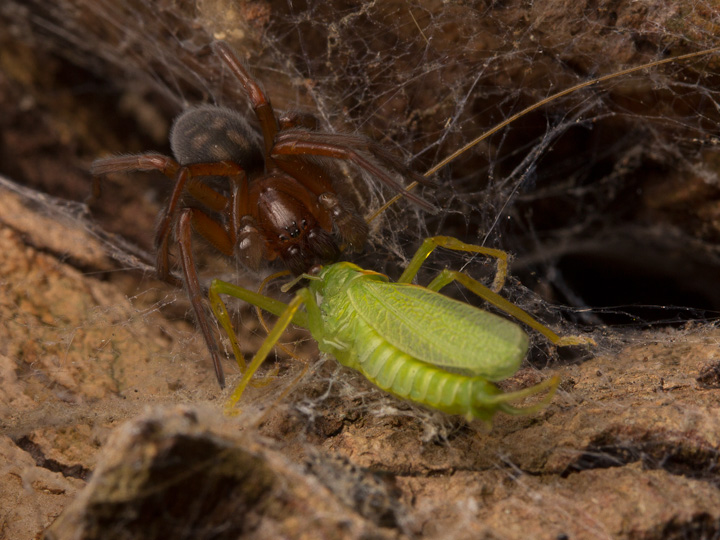

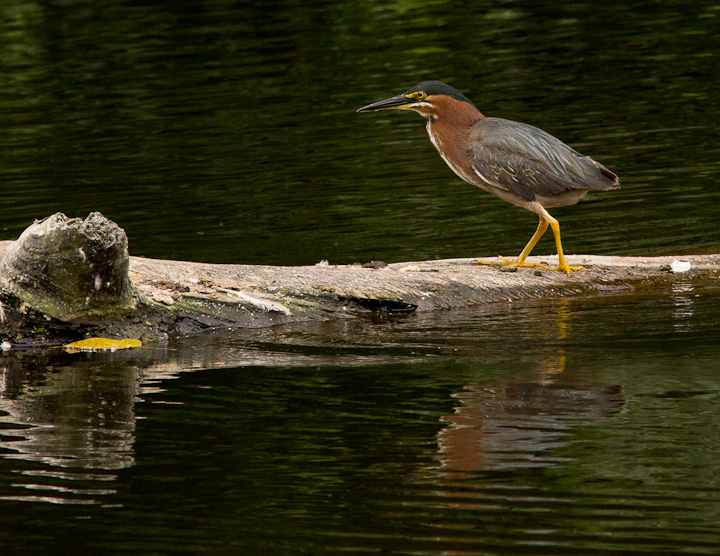
This Weekend, I joined local naturalist Istvan Orosi and members of the Hastings Park Conservancy for a guided walk around the pond at Hastings Park, my local greenspace. While Istvan kept an eye out for birds (he is master of the Audubon Bird Call!) I mainly scanned the foliage for insects and spiders.
This week was big for the Conservancy, as the Vancouver City Council heard arguments for the transfer of governance of the park from the PNE corporation (which is not doing that great a job for the wildlife) to to the Parks Board. The Council will decide the issue in a special session Aug. 1, but I am not really hopeful the governance will change.
In the meantime, here are the pictures I took on Saturday!


An impressive male Tetragnathid, or Long-jawed Orbweaver, which seem common near bodies of water.

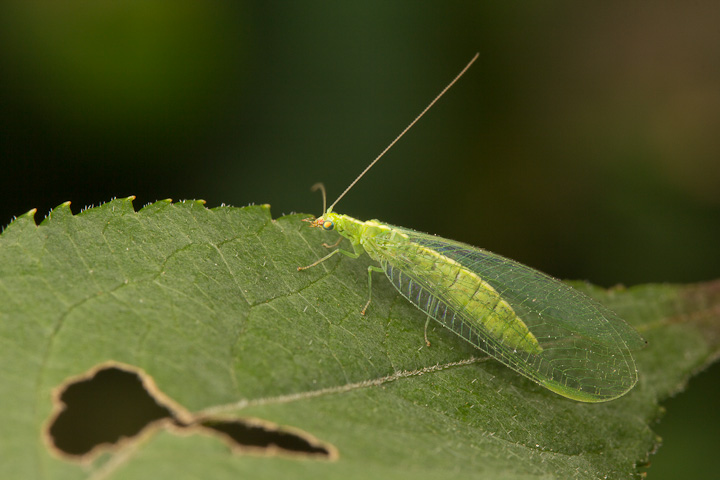
Green Lacewing resting in the shade.

A bird-dropping mimic caterpillar, which I believe is that of a swallowtail butterfly.

We spotted a Golden-rumped Warbler, which was a treat.
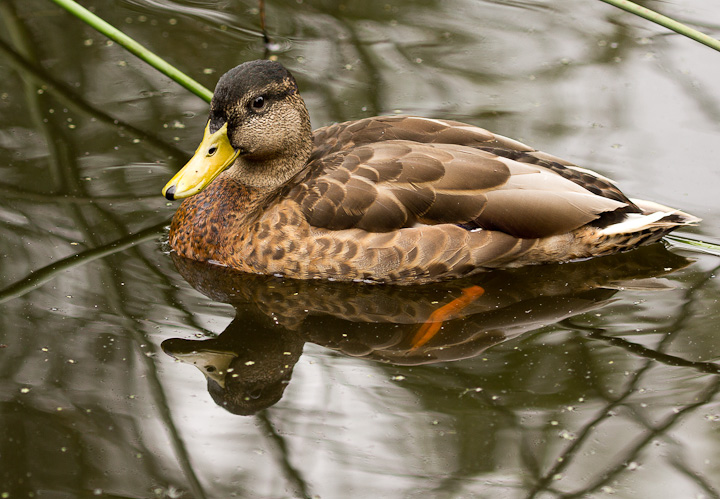

A nice Ichneumonid.
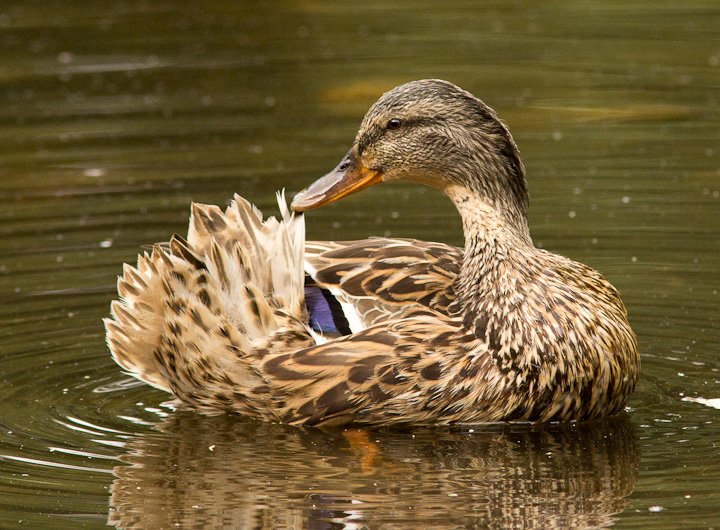


A crazy looking nymph, which I believe to be Heterotoma planicornis, an odd member of the Miridae.
[/caption]

The star of the show, out in the middle of the pond was a Green Heron, a rare bird in the Vancouver region.
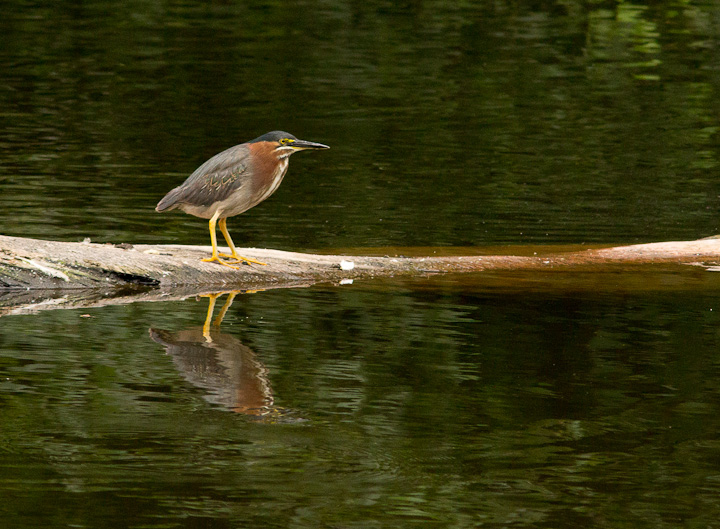
Behold the Green Heron!


Last night, in celebration of National Moth Week, we set up a sheet and some lights near the Insectary Annex at SFU to see what kinds of nocturnal insects we could attract. Because the location offered a clear view of the woods, we brought in a substantial number of the scaly, winged creatures. About 15 people came to enjoy the show, and we saw some pretty cool moths and other nocturnal beasties!







Check out the gallery below to see some of the insects and spiders we found!
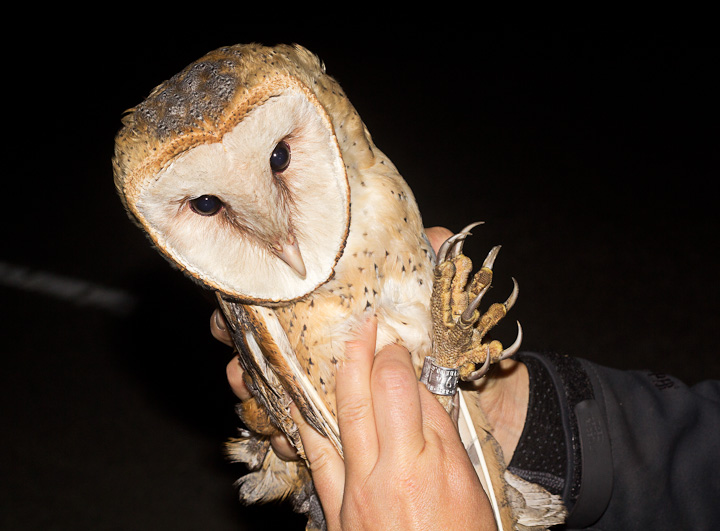
Sorry, no Cheapskate Tuesday today, as I just got back from another Barn Owl trapping adventure. I need to get to sleep!

Perching on the truck to investigate before capture, this big girl left a souvenir for us.

Owl banded, “transmittered”, and ready for release.

An hour and half after release, we tracked her to a property about 1.5 km away.
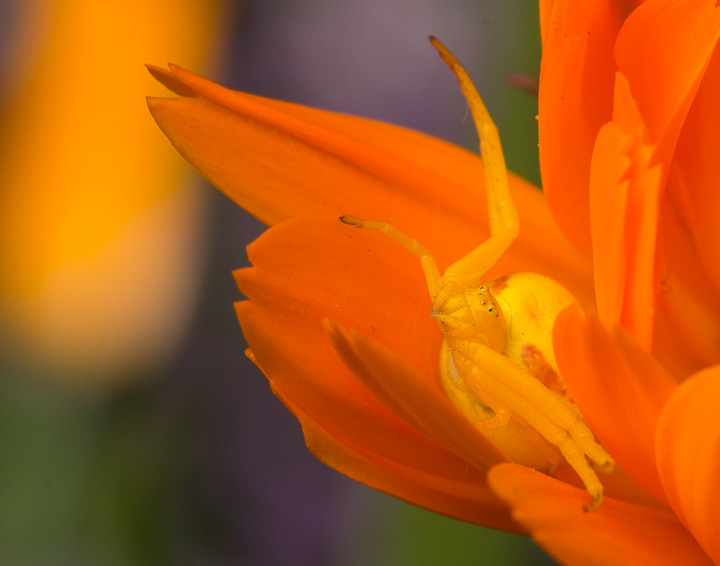
This weekend I have been working on revisions on a paper, so have not had time for a full-fledged expedition, but I spent a couple hours outside the lab at school (Simon Fraser University) on Saturday and Sunday, and some time in the Community Garden at Pandora Park in the evenings. For the time invested, it was not a bad haul of shots!
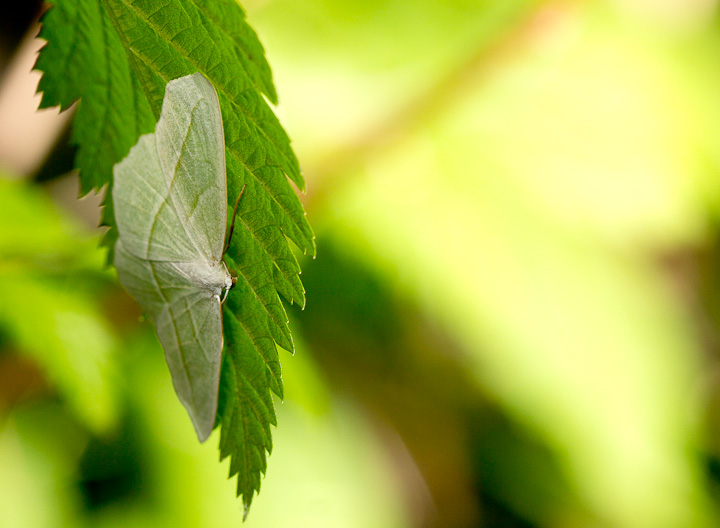
Dis you know that National Moth Week is upon us? This Pale Beauty did! Check back here Thursday for moth shots, as I am organizing a nighttime light trapping at school Wednesday night.

Mounting a second flash in a tree up the trail, I mimicked what a foraging bird might cue in on when examining sun-struck foliage.

Once he landed, this fly was very cooperative for photography! I didn’t notice his Nematoceran buddy til later though.

Here I am trying to make millipedes look good.
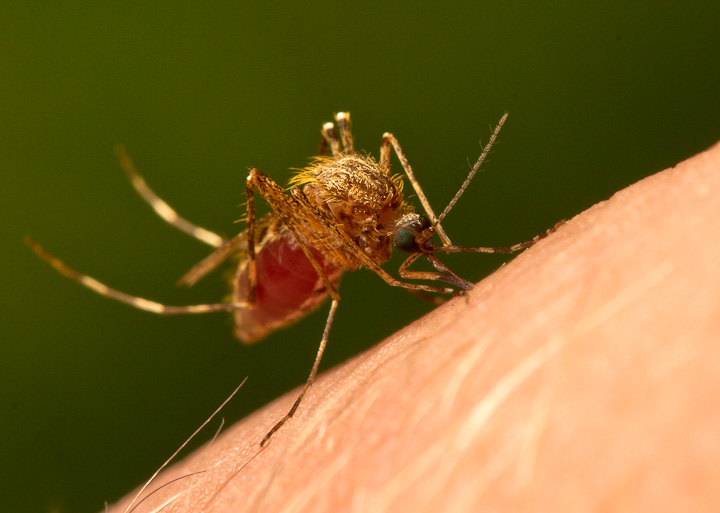
A Coquillettidia perturbans feeds on my arm. This species has larvae with a blade-like siphon that they pierce plant tissue with in order to breathe. They never have to come to the surface.
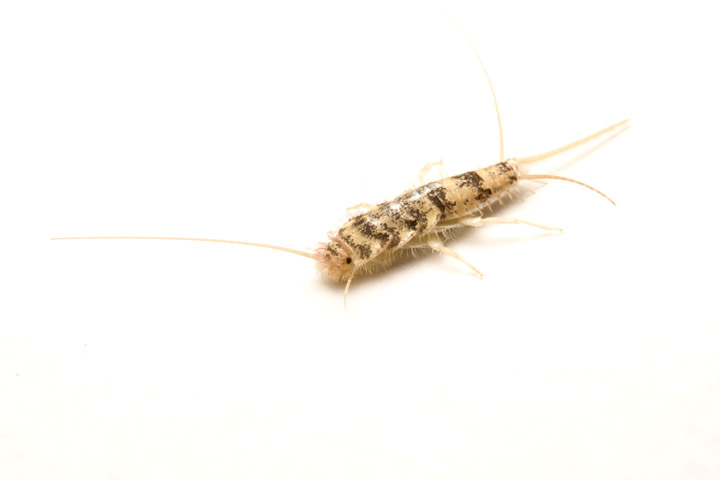
Found this firebrat (Thermobia domestica) in a basement hallway at SFU. They must have been on my mind, as my friend Nathan Woodbury just defended his PhD last week describing how these guys use symbiotic bacteria and fungi as site cues for resting spots.

A male Polistes dominula found at the community garden. I should revise my post about in situ on white, because I find when I push the whites using levels in Photoshop, I get a cleaner result than in ACR…

Polistes dominula and thrips. What a size difference!
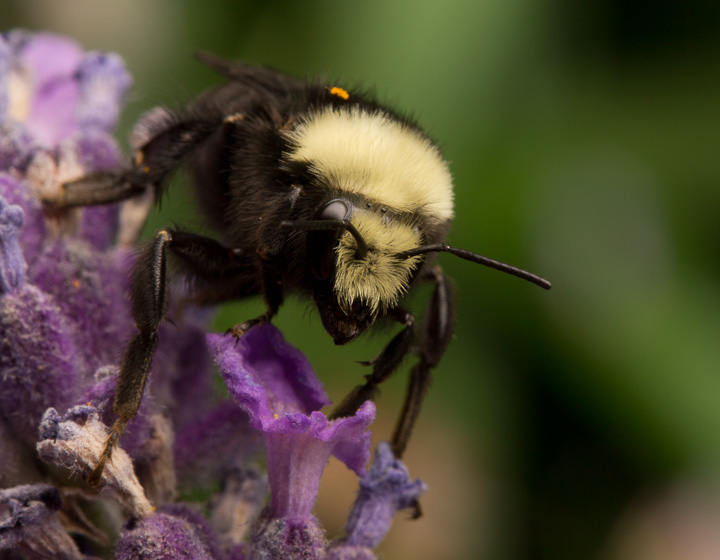
Bombus vosnesenskii on lavender. They really are an elegant bee.
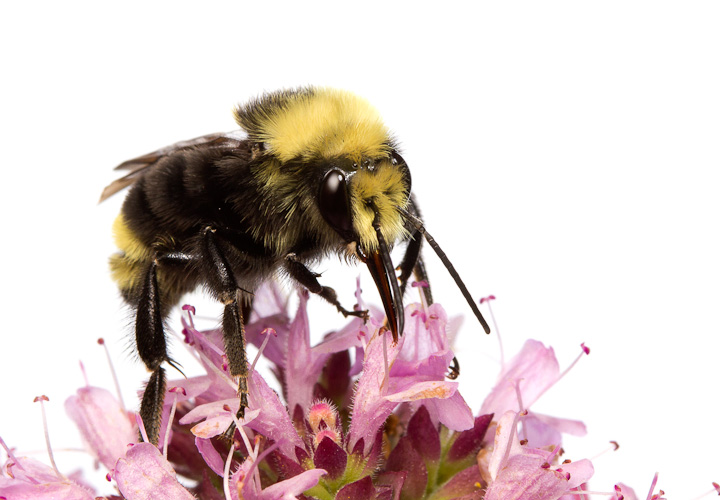


I put the Polistes on an Echinacea. I think he liked it.
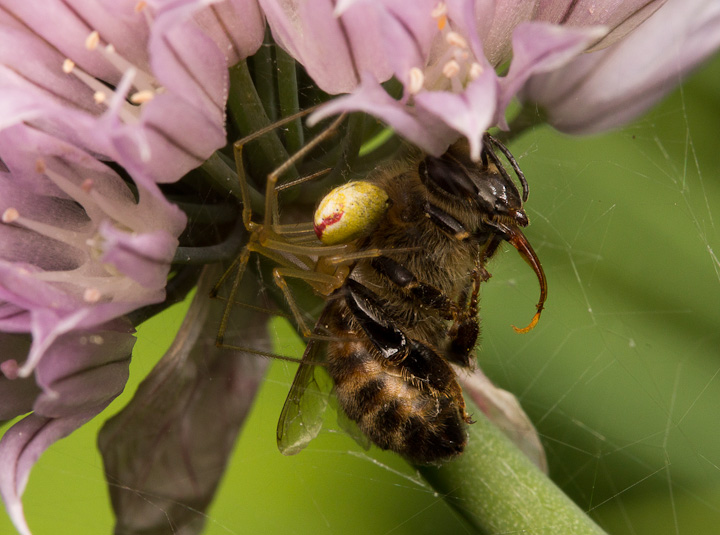
At the SFU comminity gardens, a honeybee learns the perils of pollination.
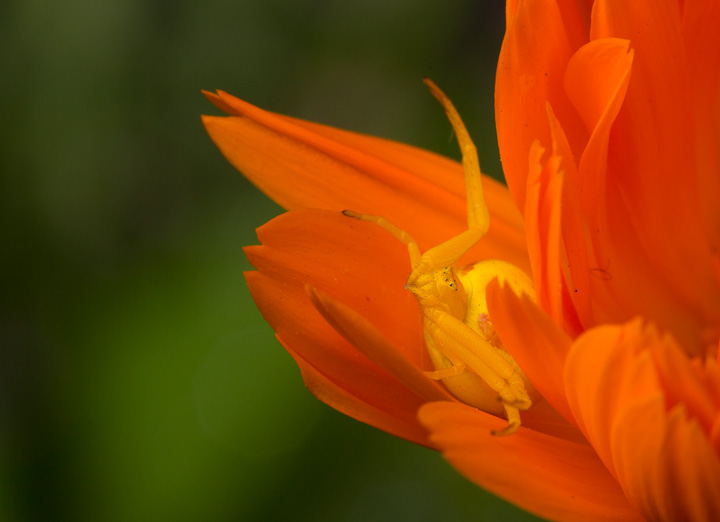
This is one of the major perils, and so pretty! The Goldenrod Crab Spider lies in wait, and seems to blend in with its surroundings.

A Snipe Fly (Rhagionidae likely in the genus Rhagio) in the clutches of death.

Will this hoverfly learn? No one can say. This pullback shot was possible thanks to the Monster Macro Rig; see the next picture for details.

This is a configuration you can use for pullback shots using the Monster Macro Rig. Notice that the camera body is pulled way back on the Arca rail, and the magic arms are somewhat extended forward. It can go even further than that, but mostly I use it close in. Photo by Mike Hrabar, who captured a wicked shot of the Crab Spider and Snipe Fly encounter.
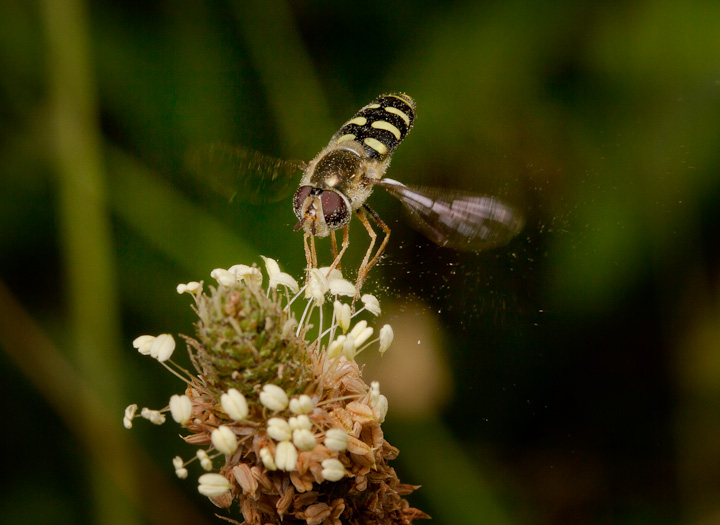
Speaking of hoverflies, what I love about this shot is how the vortices from the landing fly kick up the pollen.

Honeybee, looking elegant on Echinacea.

The Weekend Expedition ended with this lovely Brown Lacewing on a daisy neat the Pandora Park Community Garden.
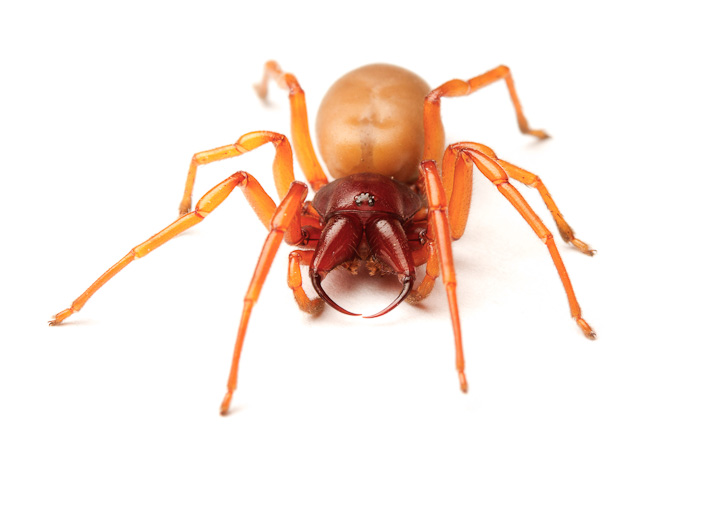
In defensive posture!
Of all the spiders found locally, none has more impressive fangs than Dysdera crocata, the Woodlouse Hunter. These beauties are often found under logs near the beach or in woodlands. I have this one in the lab, hoping one day to record some of the predation behaviour on video. Their bright coloration and fearsome armaments make these one of my favourite species.

Shy with legs drawn in.

dorsal view.

Y’all know I love me some syrphids! These awesome fliers are fun to watch and are very abundant in season. They are devilishly hard to catch in flight, but sometimes they oblige and hover motionless in the air, begging for a shot. Last evening at Hastings Park, I was shooting in an area filled with blooming thistle. This little gal did the hovering thing right in front of me, so I took a quick few shots. With the Laphria I found Wednesday, this has definitely been my lucky week for flies!

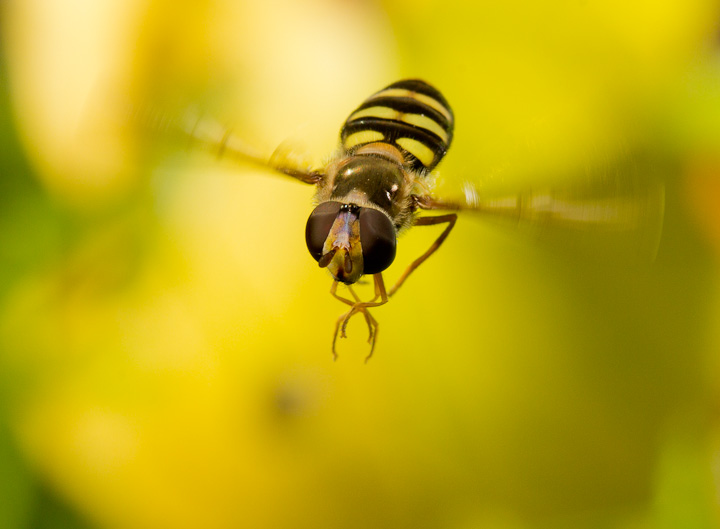


Occasionally, when it is a nice day out, it is too much to be good and stay in…Even when I am fighting the good fight, writing grant proposals and revising manuscripts, sometimes the lure of the outdoors becomes irresistible. This morning was one of those times. Just before lunch, I grabbed my camera and headed out to shoot for 40 minutes in the SFU Community Garden. I am glad I did, because it was the most productive 40 minutes shooting in a long while!

I was extremely excited to see these beautiful halictids out. I am pretty sure this is Agapostemon but it is hard to tell with the tibia so loaded with pollen!
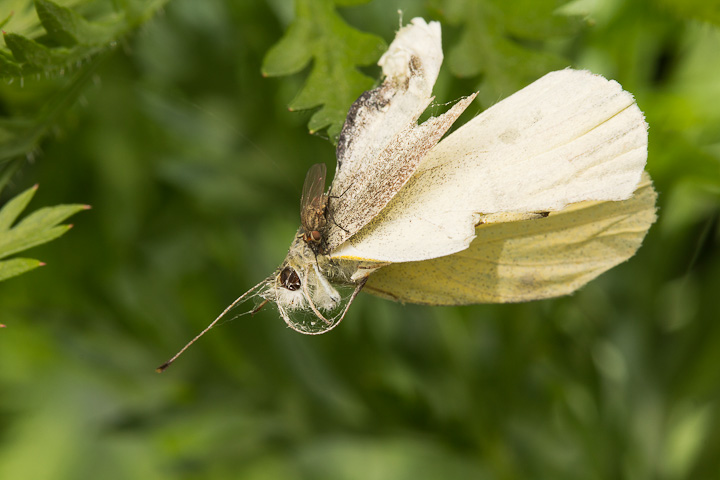
I thought there might be a spider associated with this dead Cabbage White, but the only thing feeding was this fly. Pretty cool anyhow!
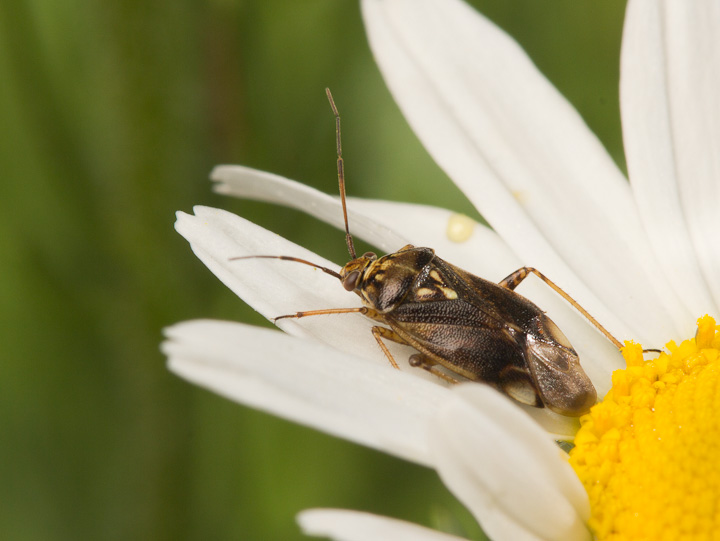

This Philodromid gives a good lesson in persistence and struggling through adversity.

I really can’t get enough of these Halictids. They are just like living jewels!

Takeoff!

The crème de la crème of the outing was this beautiful Laphria with a honeybee. I only had a short time with this beauty, as the strong wind caused it to fly far when I startled it.
So overall, my little adventure produced some decent shots! To top it off, when I returned to the lab I got an email informing me that a paper I am coauthor on had been accepted for publication in the Canadian Entomologist. Productive slacking! Is there anything better?

This lovely jumping spider is a common sight on walls around the Vancouver area: meet Platycryptus californicus, a member of the Marpissinae subfamily of Salticidae. If you live in Eastern North America, another Platycryptus, P. undatus is also common.
At first glance, P. californicus seems a wee bit boring. They are overall grey and drab, and hang out on grey drab walls. When shot up close on white, however, these little salticids reveal their beauty. I found this one yesterday on a wall in my back yard, and a couple days ago one was in my living room. This is truly one jumper that has adapted well to the urban habitat.
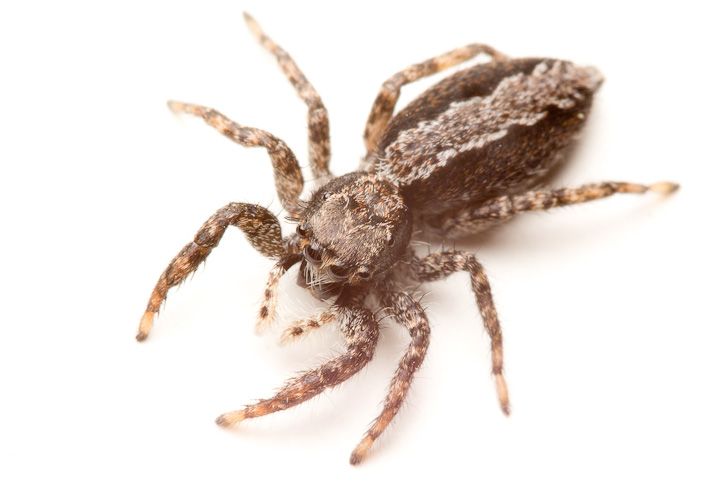
The greyness and drabness help these little jumpers blend in to rocks and now concrete.

The drabness is not complete however, as there are rufous hairs scattered around, particularly near the eyes and on the sides of the abdomen. A bold white stripe is evident on the lower portion of the prosoma, just above the legs.

Unlike some other species, these jumpers seem to pause every once in a while, which makes photography easier. Check out those cute little eyelashes!

They seem to move their palps quite a bit (perhaps to cover their hideous fangs, like Dracula with his cape?)